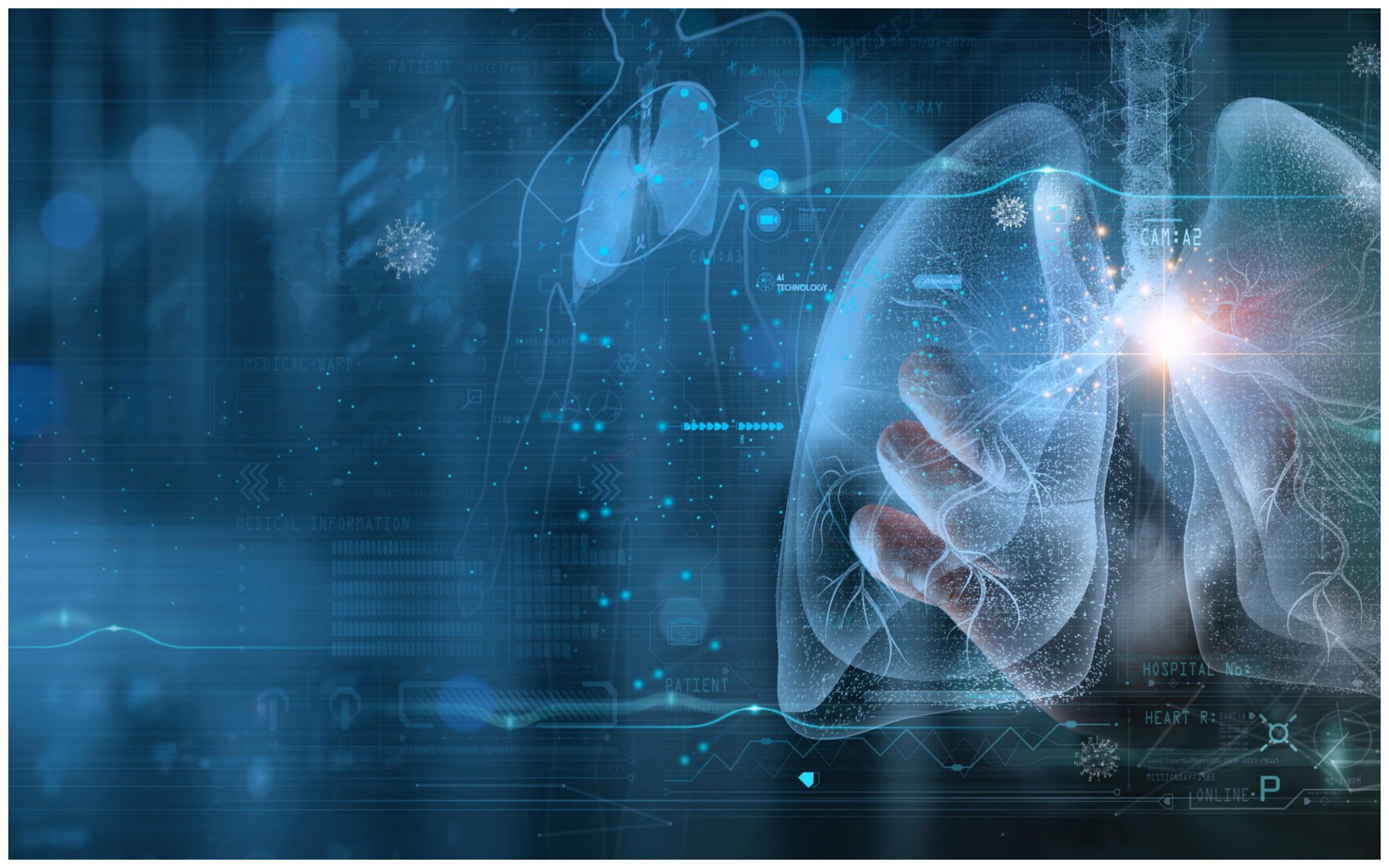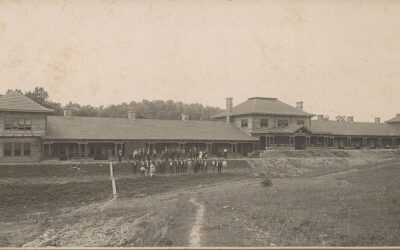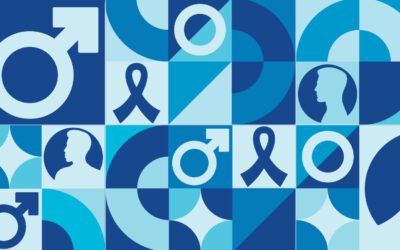November is Lung Cancer and Chronic Obstructive Pulmonary Disease (COPD) Awareness Month. Our lungs are the two spongy organs in our chest that bring oxygen into our circulatory system and release carbon dioxide back into the environment. Since our lungs interact directly with the outside environment they can be affected by environmental toxins. While smoking is the primary risk factor in both lung cancer and COPD, both conditions can occur in nonsmokers.
LUNG CANCER TYPES
The first main type of lung cancer is non-small cell lung cancer (NSCLC) which occurs as squamous cell carcinoma and adenocarcinoma. Squamous cell carcinoma is primarily seen in individuals who have smoked and affects larger airways closer to the trachea while other exposures, such as asbestos, have also been associated with SCC. Adenocarcinoma, more likely to occur in women, is seen in smokers and nonsmokers and usually occurs in the periphery of the lungs affecting smaller airways. Both types are treated with chemotherapy, radiation therapy, and/or surgical management. Prognosis is highly dependent on early detection. The second main type is small cell lung cancer (SCLC) and affects a much smaller percentage of individuals, approximately 10% of cases. It grows very quickly and spreads to areas outside the lungs. It responds well to chemotherapy and radiation therapy but frequently reoccurs after treatment in sites outside of the lungs.
LUNG CANCER SYMPTOMS
Primary symptoms include chest pain, cough, and coughing up blood. Unexplained weight loss and fatigue may be the presenting symptoms of small cell lung cancer, which unfortunately may not present until significant spread has occurred. Because early detection is important, chest imaging should be used for those who have risk factors such as prolonged exposure to cigarette smoking and exposure to asbestos or radon gas. A small percentage of people may be at risk due to family history. Chest x-ray was traditionally used to screen for lung cancer, unfortunately, testing limitations resulted in later cancer detection, more difficult treatment, and increased complications. Recently, low-dose CT-scan screening has shown improved detection and improved outcomes which allow for more conservative treatment regimens.
While early detection has improved outcomes, the most important factor in preventing lung cancer of any type is never smoking or stopping smoking. Even in patients with a long history of smoking, stopping improves the chances of not developing lung cancer. Many programs are available to help. Medication, nicotine replacement, and behavioral therapy are options to help reduce dependence and stopping may reduce the risk of developing COPD, a non-cancerous disease of the lung. Visit smokefree.gov for more information.
CHRONIC OBSTRUCTIVE PULMONARY DISEASE
COPD is an inflammatory disease resulting in obstructed airflow in the airways. It is associated with chronic cough and production of mucous and is usually the result of long-term exposure to environmental toxins with cigarette smoke being the primary cause. It is a progressive disease and presents with shortness of breath, wheezing, and chest tightness with activity, but may progress to the need for oxygen, hospitalization, or severe limitation in activity. Unfortunately, symptoms do not usually present until significant damage to the lungs has occurred. People with asthma or a rare condition called alpha-1-antitrypsin deficiency may develop COPD even if they do not smoke. Treatment with corticosteroid inhalers, bronchodilators, and medications that decrease mucus production may be used. While many of the effects of COPD are not reversable, stopping smoking and treatment will prevent the disease from worsening.
Prevention is the best cure, and a healthy lifestyle helps reduce the risk of both cancer and COPD. If you have a history of smoking or exposure to secondhand smoke or environmental toxins, talk to your physician about lung cancer screening.
Kendall Wagner, M.D. is a regular healthcare contributor to Do South® Magazine.
Chaffee Crossing Clinic
11300 Roberts Boulevard, Fort Smith, Arkansas
479.242.5910
chaffeecrossingclinic.com




